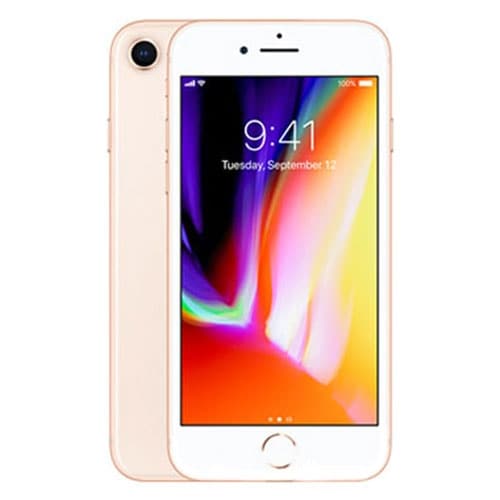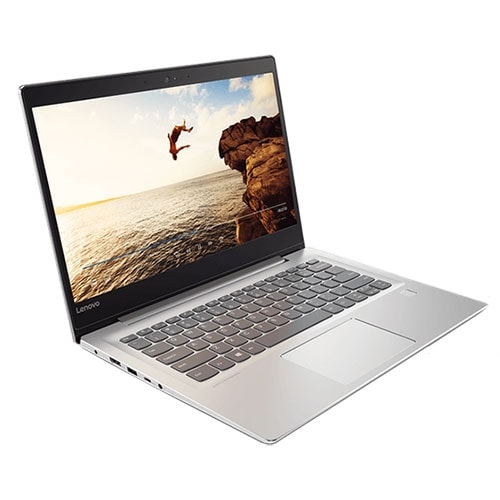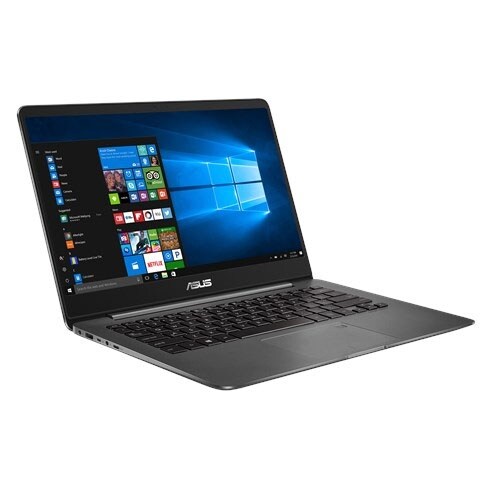Game developer and hacker Steve Troughton-Smith, has been digging through the BridgeOS 2.0 image and has come across evidence of the co-processor on the iMac Pro. If the code is anything to go by, it looks like the iMac Pro will feature an A10 Fusion chip with 512 MB of RAM. If true, this will be the first time that a Macbook will have an A series chip. It looks like the co-processor will be responsible for bootup operations, DRM protection and possibly media streaming applications.
Looks like the iMac Pro's ARM coprocessor is arm64 Seems to handle the macOS boot & security process, as expected; iMac Pro lets Apple experiment with tighter control without the rest of the userbase freaking out. More info & download here: https://t.co/wmbNeVSEZX
— Steve Troughton-Smith (@stroughtonsmith) November 18, 2017
The processor has been configured to work even when the device is shut down. The A10 supports "Hey Siri", so the Macbook could have an always on "Hey Siri" functionality. The iMac Pro was among the devices announced at WWDC 2017, and features top of the line specifications. The device is aimed at professionals, sporting a 27 inch 5K retina display with a resolution of 5120x2880. The impressive screens has support for wide gamut colour, and 500 nits of brightness.
The top end processor specification is a 18-core Xeon processor clocked at 3.5 GHz with 42 MB cache, although Apple will have decacore and octacore options. A turbo boost feature can push the clock speed to 4.5 GHz. Users can opt for 128 GB DDR4 RAM, with 32 GB DDR4 RAM available out of the box. Up to 4 TB SSD storage can be packed in, while the base version has 1 TB of SSD storage. The GPU that ships with the device is the Radeon Pro Vega 56 but users can opt for the Radeon Pro Vega 64 with 16 GB HBM2 vRAM instead. Apple claims the higher spec can provide 22 teraflops of GPU performance.
Connectivity options include a Thunderbolt 3 video output, HDMI, DVI, VGA, 3.5mm headphone jack, SDCX card slot, Ethernet port, four USB 3.0 slots, Bluetooth 4.2, Wi-Fi 802.11 a/b/g/n and a native DisplayPort over USB Type-C. The device is expected before the end of the year, although the launch of the HomePod smarthome speakers also announced at WWDC 2017 has been pushed to next year.
Published Date: Nov 19, 2017 04:45 pm | Updated Date: Nov 19, 2017 04:45 pm













